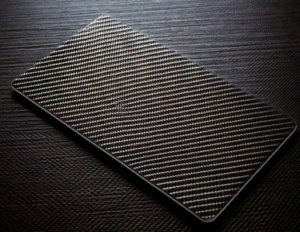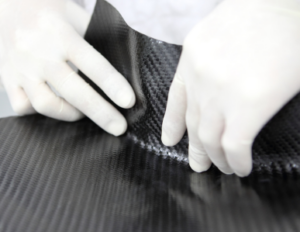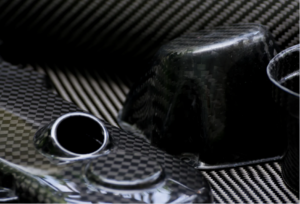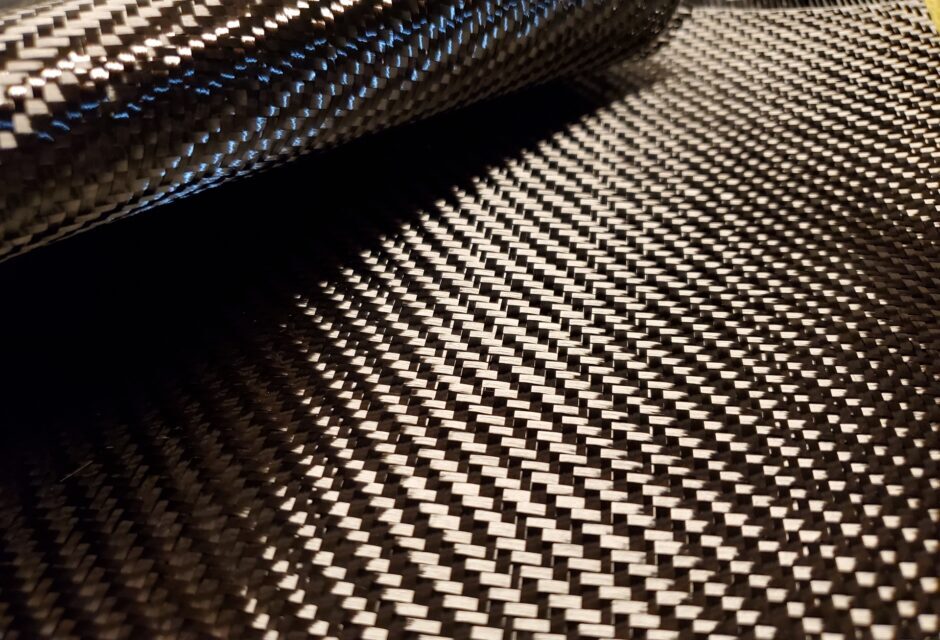
CFRP (carbon fiber reinforced plastic) is a material used in a wide range of industries from aerospace to automobiles and sporting goods due to its excellent properties. However, there are inherent difficulties in processing it, and if appropriate methods are not chosen, this can lead to lower product quality and higher costs.
This article systematically explains the reasons why CFRP is difficult to process, specific processing methods, and the choice between in-house processing and outsourcing, etc. Anyone involved in CFRP processing should refer to this article.
For more information about Taiga, click here.Table of Contents
Why CFRP is difficult to process
CFRP is used in various fields, but it is also known as a difficult material to process. Here we will explain why CFRP is difficult to process.
- Why CFRP is difficult to process because it is a composite of carbon fiber and resin
- Because the dust during processing is not good for the body, and the oil is easily absorbed.
It's a composite of carbon fiber and resin.
CFRP is a composite material of carbon fiber and resin.Hard carbon fibers tend to wear down tools, while soft resin parts are difficult to machine due to poor sharpnessIt is said.
Another reason that makes machining difficult is that the cutting characteristics of the two are different, making it difficult to obtain a clean cut surface.
Because the dust during processing is not good for your health.
CFRP processing generates fine dust.Caution is needed, as it can be itchy if it gets on the skin, and if inhaled, it can damage the lungs.It is.
Therefore, appropriate dust control measures must be taken when processing CFRP. Workers must wear dust-proof masks, protective goggles, and work clothes to prevent dust inhalation and adhesion to the skin.
In addition, it is important to note that dust can have adverse effects not only on the body but also on machinery.
Because the oil is easily absorbed.
CFRP has microscopic gaps at the interface between carbon fiber and resin.Oil penetrates along the fibers to the interior, and once penetrated, the oil remains inside.
It is said that oil makes it difficult to process because it cannot adhere to other parts.
How to process CFRP
There are various methods for processing CFRP. It is important to understand the characteristics of each method and to select the most suitable method according to the object to be processed and its application. Here we introduce three methods for processing CFRP.
| processing method | Machining | waterjet processing | Laser Processing |
| Processing principle | Cutting CFRP with a tool | Cutting CFRP with high-pressure water flow | Cutting and drilling CFRP with laser beam |
| type | NC machining, MC machining, multi-tasking machining | Abrasive jet processing | CO2 laser, Fiber laser |
Machining
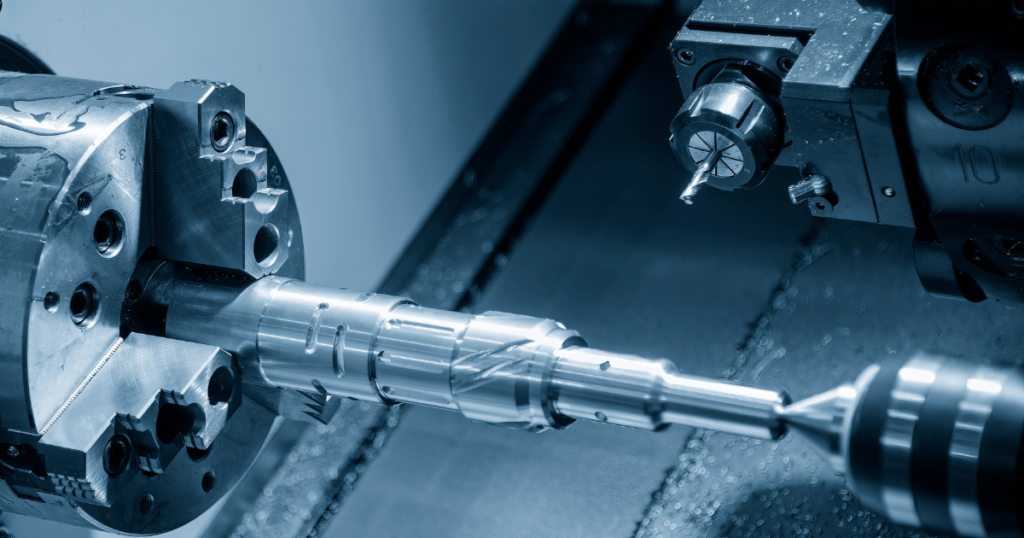
The cutting process is,Method of cutting CFRP using a tool and processing it into the desired shapeIt is High-precision, three-dimensional shapes can also be machined.
Cutting processes can be divided into three types: NC machining, in which a workpiece mounted on a machine is rotated at high speed; MC machining, in which a rotating blade is applied to the workpiece; and combined machining, which combines the functions of NC and MC machining.
Cutting is suitable for machining complex shapes and high precision. However, dust control is necessary because tools wear easily.
waterjet processing
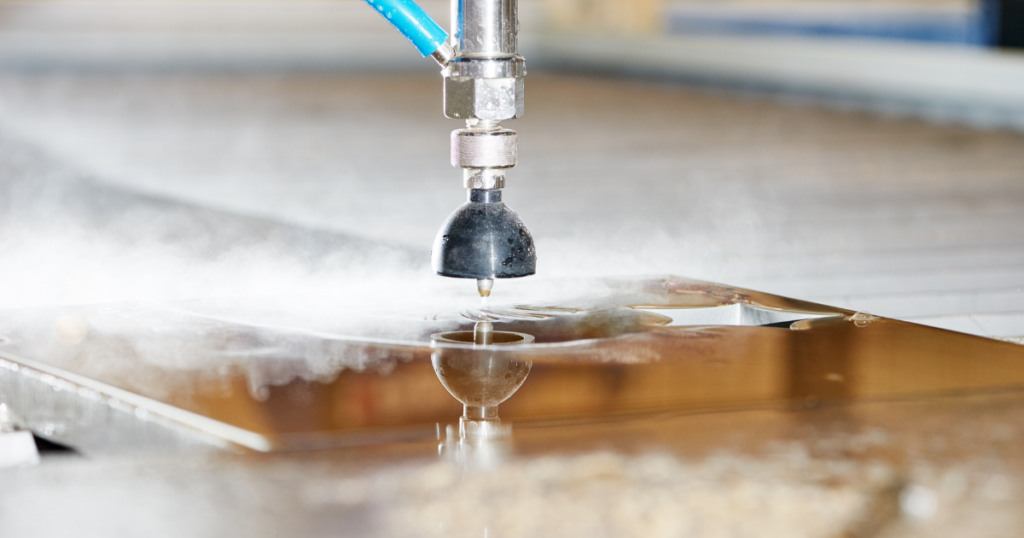
Waterjet processing is,Cutting method by injecting high-pressure water stream into CFRPIn the case of CFRP, it is said that the abrasive jet process, in which water is mixed with an abrasive, is the most common method.
Water-jet processing has the advantage of less heat effect and cleaner cut surfaces. It can also be used to process complex shapes.
Note, however, that water and abrasive treatment is required and non-penetrating processing is not possible.
Laser Processing

Laser processing is,Method of cutting and drilling CFRP by irradiating laser beamIt is. There are various types of laser processing, and CO2 lasers and fiber lasers are said to be the most common for CFRP.
Since laser processing is a non-contact process, the load of processing stress is small, and even thin objects can be processed with a high system.
However, there are some disadvantages, such as the limited thickness that can be processed and the need to take measures against hazardous gases.
How to select CFRP processing method
How is CFRP processed?Perspectives on product specifications, production conditions, and environmental measuresChoose from the following. We recommend that you make your decision based on thickness, area, running cost, and material yield.
For example, if you want to process thick products, waterjet processing is suitable. Also, if you want to make penetrations, laser processing should be selected.
Comparison between in-house CFRP processing or outsourcing
Since CFRP is difficult to process, if you do not have the facilities or technology in-house, you should consider outsourcing. Here, we will introduce a comparison of whether you should choose in-house or outsourced processing.
| (data) item | in-house manufactured | subcontract processing |
| Advantages | Cost reduction, delivery time reduction, thorough quality control, and accumulation of know-how | ・Reduction of initial investment・Utilization of expertise and technology・Responding to diverse processing・Responding to fluctuations in production volume |
| demerit | Initial investment required, expertise and technology acquisition required, equipment maintenance required | Cost increase, possible longer delivery time, quality control may be difficult, know-how cannot be accumulated |
| If recommended | ・Immediate turnaround time and other short lead times・Maintaining high quality・Long-term CFRP processing・Ownership of processing technology and know-how | ・There is a certain amount of leeway in delivery time・No in-house CFRP processing technology or equipment・Need for complex shapes or high-precision processing・High fluctuation in production volume |
When in-house processing is recommended
What about in-house CFRP processing?
- cost reduction
- shortening of delivery time
- Thorough quality control
- Accumulation of know-how
The advantages are as follows. Compared to outsourcing, processing costs can be reduced, and in-house processing makes it easier to control the delivery date and to respond to quick turnaround times.
In addition, by managing the processing process in-house, not only does it make it easier to maintain quality, but it also allows us to accumulate technology and know-how related to CFRP processing.
Therefore, in-house processing is recommended when there are often short delivery times, such as same-day turnaround, or when high quality must be maintained.
When outsourced processing is recommended
When outsourcing CFRP processing,
- Reduction of initial investment
- Use of expertise and technology
- Support for diverse processing
- Responding to fluctuations in production volume
The advantages are as follows. No need to install expensive processing equipment and tools, and lower initial costs.
High-quality processing is also possible by requesting companies with expertise and technology in CFRP processing. By hiring a company that supports a variety of processing methods, it is possible to handle complex shapes and high-precision processing, making it easier to respond to increases or decreases in production volume.
If you have a flexible delivery schedule or do not have the technology or facilities to process CFRP in-house, you may opt for subcontract processing.
Summary
In this article, we have systematically explained useful information for practical use, from the reasons why CFRP is difficult to process to specific processing methods and the choice between in-house processing and outsourcing.
CFRP is said to be difficult to process because it is a composite of carbon fiber and resin and because it is easily penetrated by oil.
In addition, there are multiple processing methods for CFRP, and the appropriate method must be selected according to product specifications, production conditions, and environmental measures.
If your company does not have the technology or facilities to process CFRP, consider outsourcing the process.
If you are considering manufacturing parts utilizing CFRP processing, please contact us.Taiga."Taiga is a free service that allows you to consult with experienced contractors.
We can efficiently proceed with the development of difficult or new parts, small-lot production, prototyping, and mass production while keeping costs low.
For more information about Taiga, click here.
 0120-987-742
0120-987-742